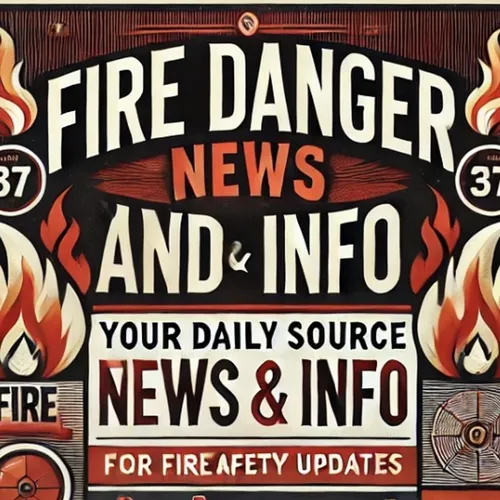Raging Wildfires Scorch the US: A Call for Heightened Vigilance and Preparedness
- Author
- Quiet. Please
- Published
- Wed 20 Aug 2025
- Episode Link
- https://www.spreaker.com/episode/raging-wildfires-scorch-the-us-a-call-for-heightened-vigilance-and-preparedness--67459329
Over the past week, fire danger across the United States has intensified as a combination of extreme heat, gusty winds, and persistent dry conditions have set the stage for rapid fire spread in several regions. In the Pacific Northwest, Eastern Washington has seen over forty thousand acres burned this summer, with fire officials reporting more than sixty thousand acres affected statewide. According to communications managers from the Washington State Department of Natural Resources, the greatest threat remains in the second half of summer, often peaking in late August and early September, emphasizing the need for continued caution and personal responsibility until season-ending precipitation arrives. Fire crews throughout Washington have been able to respond quickly thanks to over one hundred engines and a dozen aircraft, which have dropped millions of gallons of water to check fire growth.
In the western U.S., multiple regions are under Red Flag Warnings and Fire Weather Watches due to expected gusty winds and dangerously low humidity. The National Weather Service has extended warnings for southern Oregon, alerting residents that these conditions could promote life-threatening wildfire behavior and urging those living near wildland areas to be prepared for sudden evacuation. The city of Ashland continues to experience an Excessive Heat Warning alongside ongoing fire alerts, heightening fire danger concerns through mid-August.
California remains vigilant as dynamic fire behavior challenges containment efforts. The Gifford Fire, east of San Luis Obispo, has displayed especially active burning, with recent firing operations pushing the fire over established lines in some areas. As reported by regional wildfire experts and fire update platforms, crews have benefited from an anticipated cool-down but warn that the situation remains fluid, with more active burning expected in the evenings. Observers also note that while August is often viewed as peak fire season, actual fire risks can fluctuate with ground conditions rather than just by calendar month.
Looking nationwide, recent lightning storms in the Northwest and Northern California have ignited several large fires requiring major incident management responses. Dry high-elevation timber in northern Arizona and central Utah has fueled persistent blazes such as the Dragon Bravo Fire and Monroe Canyon Fire, indicating the lingering impact of a dry winter and the potential for large plumes and challenging suppression conditions.
Globally, Canada continues to battle a historically large fire season, with more than sixteen thousand evacuees and extensive burning in Saskatchewan, Manitoba, and other provinces. Resources have been mobilized internationally, underscoring the scale of fire danger in North America. In the United States, the total area burned so far in 2025 remains below the ten-year average, but experts caution that fire activity is rising and that the critical weeks of late summer require heightened vigilance and preparation.
Some great Deals https://amzn.to/49SJ3Qs
For more check out http://www.quietplease.ai
